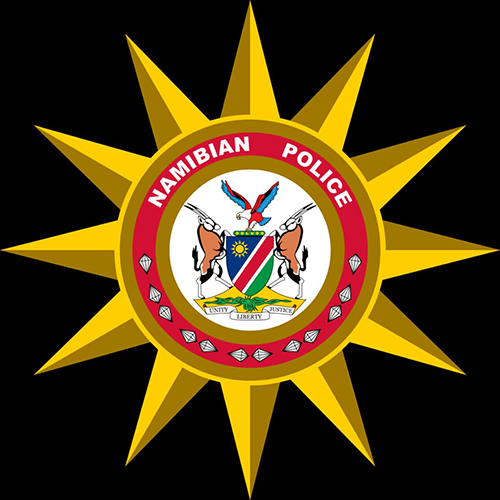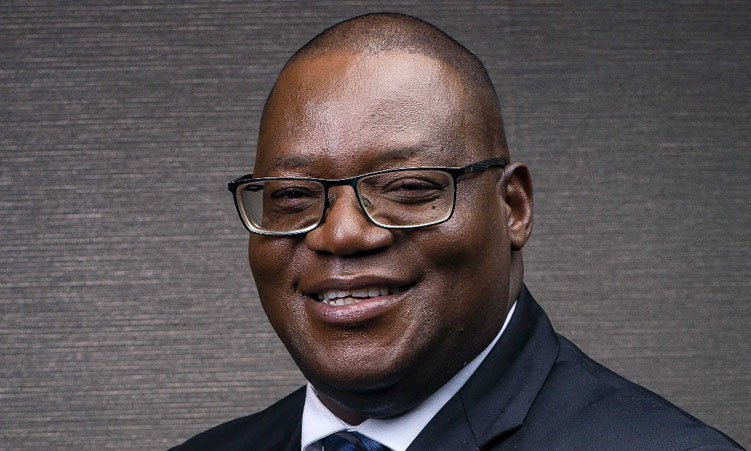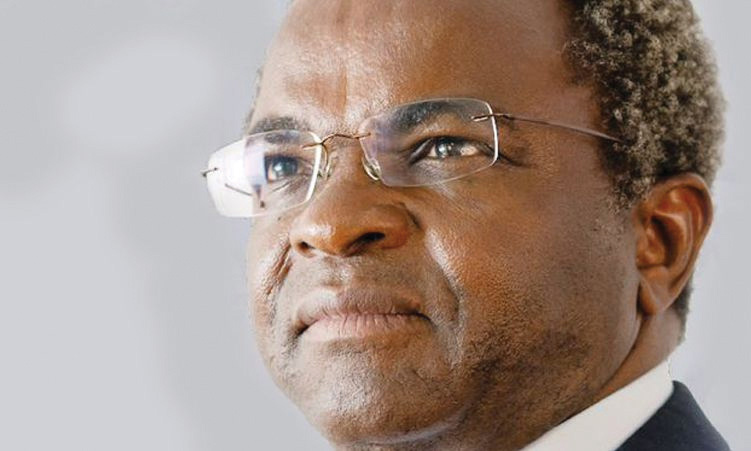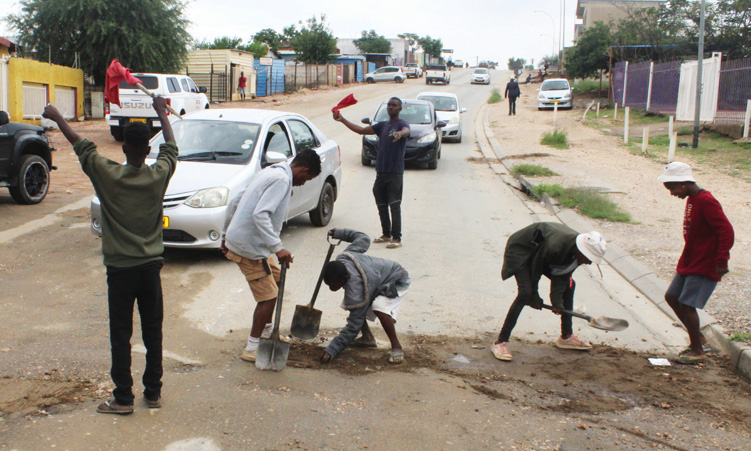JOHANNESBURG – When investors consider opening a mine or funding a plantation in southern Africa, the quality of the transport links can make the difference between a viable commercial project and one that simply cannot break even.
To drive the 500 kilometres from South Africa’s commercial heartland around Johannesburg to the main port of Durban takes around six hours. To cover that distance across Angola’s war-shattered road network might take days.”It’s difficult to quantify, but people always say poor infrastructure has slowed growth,” said Standard Bank economist Jan Duvenage.”In Africa, there are so few good navigable rivers – which were one of the things that helped development in America, Europe and China.”South Africa’s road and rail network is widely seen as the best in the region, although analysts and traders say state rail operator Spoornet is increasingly overstretched and struggling to deal with rising exports.Officials are trying to reduce South African transport costs, which they say amount to a hefty 14 per cent of gross domestic product.The government estimates transport costs in Africa generally to be twice as high as for a typical Asian country.Namibia, Botswana and Zimbabwe also have good roads crossing their countries, but Zambia, Malawi, Mozambique and Angola all have reputations for potholes and poor maintenance.Railway networks are mixed, but with widespread shortage of wagons and other rolling stock.In Mozambique, the government has launched a major road rebuilding campaign to make up for destruction and neglect during two decades of civil war that ended in 1992, as well as repairing further damage done during floods in 2000.But much of the network remains in a state of disrepair, and it is no coincidence that the string of high-profile industrial developments now driving the country’s high economic growth are almost all along the Indian Ocean coastline.In building its Moma mineral mine some 1 100 kilometres north of the capital Maputo, Irish mining firm Kenmare Resources is relying on bringing in all its plant and equipment by sea, and shipping its product direct from an offshore jetty.”We’re lucky we’re on the coast,” said Kenmare’s Mozambique manager Gareth Clifton.”Otherwise it might not be viable.”Some of Mozambique’s other industries are less lucky.Cash crops are seen as a key tool to help pull rural Africans out of poverty, but no-one will give financial backing to projects that cannot get their product to market.Growers say transport costs are a key factor in driving up the production cost of Mozambican sugar to almost twice that in Brazil.Coastal growers dodge the bad roads by shipping to port by barge, but others suffer from a shortage of rail wagons.”We would love to be able to send more sugar by rail,” said Mike Cotter, sugar factory manager for South African firm Illovo at the Maragra sugar estate some 70 kilometres from the Maputo sugar terminal.”It’s half the price of road, but right now they just don’t have the capacity.”In Angola, once well-paved colonial-era roads are now less passable than the verges on either side of them after three decades of civil war.Forty per cent of coffee from Angola, once one of Africa’s largest producers, never makes it to market.It is not always the road.In northern Botswana, the risk of livestock – including elephants – on the highway is enough to put most truck drivers off travelling at night.And vehicles unwilling to pass through Zimbabwe to Zambia must either wait for a ferry across the Zambezi or take a detour through Namibia.New bridges will help but even with good roads, border delays and red tape can leave landlocked countries like Zambia and Malawi ill-placed to attract investment, and can limit the development of existing ventures.The port of Maputo is expanding fast to allow exports both from Mozambique and neighbour South Africa.”The potential is enormous – maybe an extra two to three million tonnes of road traffic,” said port manager Peter Lowe, adding that a poor rail link was also restricting goods flow.- Nampa-ReutersTo cover that distance across Angola’s war-shattered road network might take days.”It’s difficult to quantify, but people always say poor infrastructure has slowed growth,” said Standard Bank economist Jan Duvenage.”In Africa, there are so few good navigable rivers – which were one of the things that helped development in America, Europe and China.”South Africa’s road and rail network is widely seen as the best in the region, although analysts and traders say state rail operator Spoornet is increasingly overstretched and struggling to deal with rising exports.Officials are trying to reduce South African transport costs, which they say amount to a hefty 14 per cent of gross domestic product.The government estimates transport costs in Africa generally to be twice as high as for a typical Asian country.Namibia, Botswana and Zimbabwe also have good roads crossing their countries, but Zambia, Malawi, Mozambique and Angola all have reputations for potholes and poor maintenance.Railway networks are mixed, but with widespread shortage of wagons and other rolling stock.In Mozambique, the government has launched a major road rebuilding campaign to make up for destruction and neglect during two decades of civil war that ended in 1992, as well as repairing further damage done during floods in 2000.But much of the network remains in a state of disrepair, and it is no coincidence that the string of high-profile industrial developments now driving the country’s high economic growth are almost all along the Indian Ocean coastline.In building its Moma mineral mine some 1 100 kilometres north of the capital Maputo, Irish mining firm Kenmare Resources is relying on bringing in all its plant and equipment by sea, and shipping its product direct from an offshore jetty.”We’re lucky we’re on the coast,” said Kenmare’s Mozambique manager Gareth Clifton.”Otherwise it might not be viable.”Some of Mozambique’s other industries are less lucky.Cash crops are seen as a key tool to help pull rural Africans out of poverty, but no-one will give financial backing to projects that cannot get their product to market.Growers say transport costs are a key factor in driving up the production cost of Mozambican sugar to almost twice that in Brazil.Coastal growers dodge the bad roads by shipping to port by barge, but others suffer from a shortage of rail wagons.”We would love to be able to send more sugar by rail,” said Mike Cotter, sugar factory manager for South African firm Illovo at the Maragra sugar estate some 70 kilometres from the Maputo sugar terminal.”It’s half the price of road, but right now they just don’t have the capacity.”In Angola, once well-paved colonial-era roads are now less passable than the verges on either side of them after three decades of civil war.Forty per cent of coffee from Angola, once one of Africa’s largest producers, never makes it to market.It is not always the road.In northern Botswana, the risk of livestock – including elephants – on the highway is enough to put most truck drivers off travelling at night.And vehicles unwilling to pass through Zimbabwe to Zambia must either wait for a ferry across the Zambezi or take a detour through Namibia.New bridges will help but even with good roads, border delays and red tape can leave landlocked countries like Zambia and Malawi ill-placed to attract investment, and can limit the development of existing ventures.The port of Maputo is expanding fast to allow exports both from Mozambique and neighbour South Africa.”The potential is enormous – maybe an extra two to three million tonnes of road traffic,” said port manager Peter Lowe, adding that a poor rail link was also restricting goods flow.- Nampa-Reuters
Stay informed with The Namibian – your source for credible journalism. Get in-depth reporting and opinions for
only N$85 a month. Invest in journalism, invest in democracy –
Subscribe Now!










